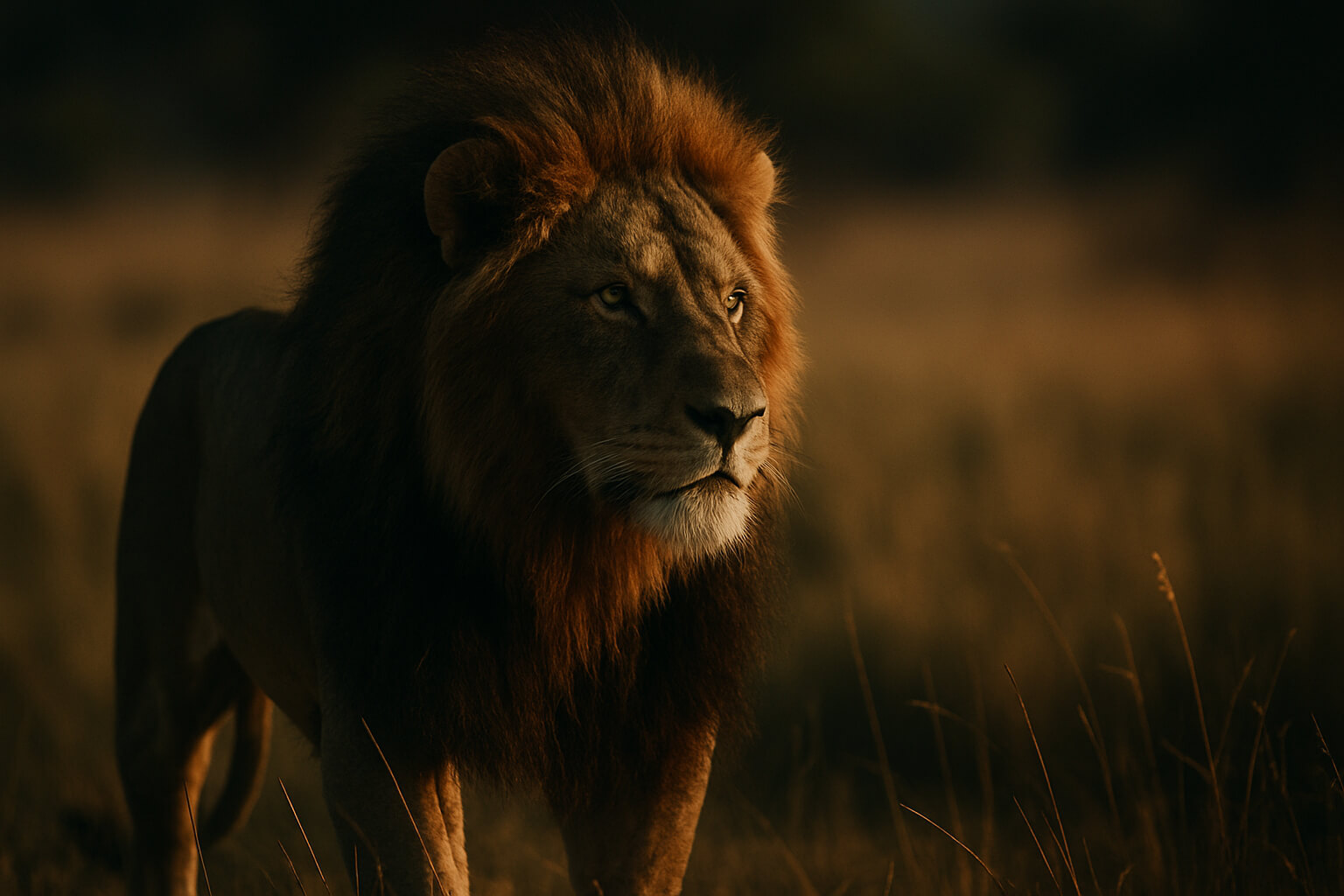June 10, 2025

Capturing wildlife in its natural, untamed beauty requires more than patience and timing. It demands the right gear that can handle the challenges of fast-moving, unpredictable subjects and ever-changing outdoor conditions. The lens you choose is pivotal in ensuring you achieve razor-sharp focus, vibrant colors, and immersive storytelling through your photos. In 2025, wildlife photography lenses continue to evolve, offering new features that cater to the demanding nature of capturing wild animals in their element. Whether you're an amateur photographer or a seasoned pro, selecting the right lens is crucial to bringing your wildlife shots to life.
When photographing wildlife, there are a few key features that make certain lenses more effective than others. Here’s what you need to look for:
Focal length is one of the most important factors when choosing a wildlife lens. Wildlife photographers often find themselves photographing animals from a distance, and a long focal length (typically 300mm and above) allows you to do this without disturbing your subject. The longer the focal length, the more "reach" you have, allowing you to get closer to your subject without intruding on its space. Telephoto lenses with focal lengths of 400mm, 500mm, and even 600mm are ideal for wildlife photography.
Longer focal lengths are crucial for subjects like birds, large mammals, or animals in their natural habitats, where approaching them closely isn’t possible. But keep in mind that the longer the focal length, the heavier the lens will be, and the more careful you’ll need to be with stability.
A wide aperture (f/2.8, f/4, or f/5.6) is especially valuable for wildlife photography. It allows more light to hit the sensor, which is essential when shooting in low-light conditions, such as early mornings, late afternoons, or dense forests. Additionally, a wider aperture helps isolate your subject from the background by creating a shallow depth of field, resulting in a beautifully blurred background (bokeh) that makes the subject stand out.
Fast-moving animals benefit from wide apertures too, as they allow for faster shutter speeds to freeze motion. This is crucial when photographing birds in flight or wildlife in action.
Wildlife photography often involves handheld shots, especially when you’re following animals or capturing fleeting moments. Image stabilization (IS for Canon, VR for Nikon, and OSS for Sony) helps reduce the effects of camera shake, which is more pronounced when using long telephoto lenses. It’s especially helpful for shooting in low light or at high zoom levels when you can’t use a tripod. When you’re photographing animals in motion, this feature helps ensure that your images are sharp and free of motion blur.
Wildlife photography often involves capturing fast-moving animals, so you’ll want a lens with a fast and accurate autofocus system. A quick autofocus system can help you lock onto a moving subject instantly and track it as it moves through the frame. Some lenses also offer continuous autofocus (AI Servo or AF-C), which adjusts focus dynamically as the subject moves, ensuring that the subject remains sharp even as it changes position.
Outdoor wildlife photographers frequently shoot in difficult weather conditions, such as rain, dust, and extreme temperatures. A lens with weather sealing ensures that it is protected against moisture and dust. This feature can make a significant difference, especially during prolonged fieldwork, keeping your gear functional and protected from the elements.
If you’re looking to build a robust wildlife photography kit, check out our guide on best cameras for photography in 2025.
In 2025, there are several standout lenses for wildlife photography that offer excellent optical quality, reach, and speed. Here are the best options to consider:
The Canon RF 100-500mm f/4.5-7.1L IS USM is a versatile and powerful telephoto zoom lens, ideal for wildlife photography, especially when you're photographing fast-moving or distant animals. This lens combines a wide zoom range with superb sharpness, making it a must-have for birding and safari photographers.
Explore more wildlife gear in our must-have camera accessories guide.
The Nikon Z 400mm f/2.8 TC VR S is one of the best wildlife lenses for Nikon Z series cameras. It’s built with professionals in mind and offers top-tier optics, outstanding image stabilization, and a built-in teleconverter that extends the lens’s reach by 1.4x, making it perfect for both wildlife and sports photography.
For optimal stability when shooting wildlife, you’ll need a reliable tripod. Check out our picks for the best tripods for studio & travel.
Sony’s FE 200-600mm f/5.6-6.3 G OSS is a powerful and versatile lens that offers incredible reach and sharpness while still being relatively affordable. It’s a go-to choice for Sony wildlife photographers looking for a reliable zoom lens with excellent optical performance.
Need help setting up a home studio for your wildlife photography edits? Check out our guide on how to build a home photography studio.
The Sigma 150-600mm f/5-6.3 DG DN OS Sports is a great third-party option for wildlife photographers using Sony or L-Mount cameras. It delivers excellent optical quality, outstanding reach, and rugged construction for shooting in challenging conditions.
Wildlife photography is about more than just the gear; it’s about technique, understanding your subject, and utilizing the environment. Here are some pro tips for taking your wildlife photography to the next level:
In 2025, the best wildlife lens for you depends on your camera system, shooting style, and budget. However, lenses that offer longer focal lengths, fast autofocus, wide apertures, and image stabilization are essential for capturing the untamed beauty of the wild. Whether you choose a Canon, Nikon, or Sony lens—or go with a trusted third-party option like Sigma—ensuring that your lens meets the unique challenges of wildlife photography will significantly improve your shots. With the right gear and a bit of practice, you’ll be able to capture stunning wildlife images that truly tell a story.
Stay up to date with the newest tips, gear reviews, and step-by-step guides to elevate your photography journey from home and beyond.